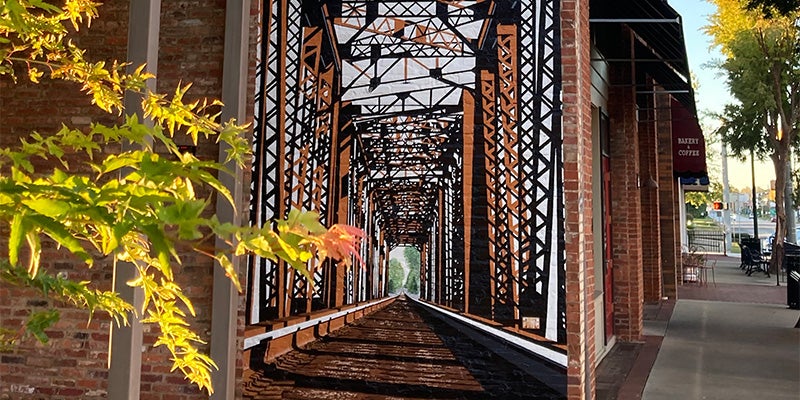How the election process really works
Published 2:08 pm Tuesday, November 3, 2020
|
Getting your Trinity Audio player ready...
|
My filing deadline for these columns was Monday, the election was Tuesday, and these words appear on Wednesday.
No matter how the voting turned out yesterday, the presidential election is not over.
We don’t elect presidents the way we vote for everyone else, and for good reason. Frankly, it comes as a great surprise to most people when they peek behind the machinery and see what really happens in a presidential election. Let’s take a minute and see how it works.
We all know what happens at the most basic level. We go to the polls and vote. Your vote counts just as much as mine, and mine counts just as much as yours.
So, we count up the votes, and the person with the most wins, right? Not so fast. You’ve heard about the Electoral College. Let’s take a minute so see what it is and how it works. And when we understand it, we will understand how American presidents are elected.
When they put together our Constitution—mostly written by that extraordinary gift known as James Madison—in 1787 and we ratified it in 1788, our Founding Fathers installed the framework for presidential elections.
They debated various ways to handle them, but during the Constitutional Convention they put together a brilliant compromise that we still use today. Some wanted the congress to appoint the president, while others wanted him to be elected by a popular vote. The decided on an Electoral College.
The Electoral College meets every four years, and its only job is to elect the president and the vice president. And it does that by using your votes.
As we said, the Electoral College was established in our original constitution. Some of our framers did not want congress to select the president, thinking that method gave congress too much power. Others did not want the president selected by a popular vote, thinking that concentrated too much political power in population centers, and most of the country—remember, even though we were a much smaller country then, we were still spread across a great swath and communication was slow—would be much diminished.
The compromise was to spread authority all across the country so that everyone, great and small, in towns or in the backwoods, could cast a vote that mattered.
Great power was given to the states to determine how they used their authority. We often forget that when our country was founded, the states were seen as more central to how we worked, and the federal government was far less powerful.
Each state was given a certain number of electors, and the electors’ job was to gather and cast the actual votes that elect the president.
Each state has electors equal to its number of U.S. Senators (each state has two), plus its number of members of the U.S. House of Representatives (which changes as populations shift). For example, Alabama has two senators and seven congressmen, so it gets nine electors. Georgia has two senators and fourteen congressmen, so it gets sixteen electors. The total number for the whole country is 538, which is the total of 100 senators, 438 congressmen, and 3 from Washington, D.C. (which is not a state). These 538 electors make up the Electoral College. It takes 270 votes (more than half) to elect the president.
Every state gets to determine how its electors are chosen. Generally, the parties determine who their electors are. I’ve been involved in that process, and it is interesting.
So we cast our vote for a president, but we wind up with an Elector. What happens then? Generally, they meet at their respective state capitols on the first Monday after the second Wednesday in December following the presidential election. That sounds like awfully stilted legal language, but trust me, it has to be just that specific to work every year. The electors cast one vote for president, one for vice president, they generate a “certificate of vote” and they send it to the federal congress and to the National Archives.
But it isn’t over yet.
Congress meets in joint session on January 6 following the election. The vice president opens and counts the votes and announces both the new president and the new vice president.
So that’s it, huh? Not so fast, my friends. What happens if no one wins?
Our founding fathers—I admire them greatly and wish that people knew more about them—built contingency plans just for that into the Constitution.
If no one gets 270 electoral college votes, the House of Representatives votes for the president and the Senate votes for the vice president.
This happened twice. Once in the 1800 race between Vice President Thomas Jefferson (running on the Democratic-Republican Party ticket) and John Adams (of the Federalist Party). Spoiler alert—Thomas Jefferson won.
It happened again in the 1825 race between John Quincy Adams (He was John Adams’s son, keeping presidential election controversy in the family) and Andrew Jackson. This time the Adams prevailed.
You’ve already voted, and whatever happened yesterday, happened. And my prayer is for the president and the American people and four years of peace and prosperity.
And now, we wait for the Electoral College to meet in December, and then for the vice president to make it official in January.



